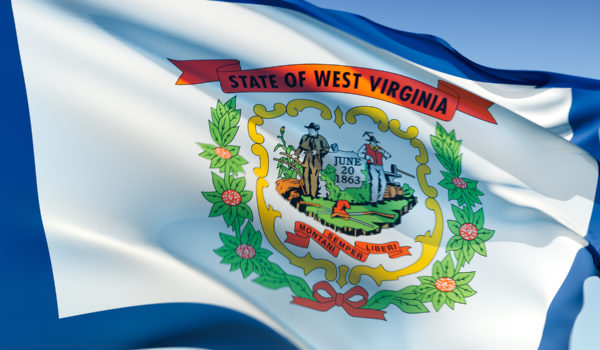Governor Jim Justice’s vision for reopening West Virginia was applauded by lawmakers from across the political spectrum as it provides a scientifically-based methodology to proceed through the stages of reopening. According to Governor Justice, reopening would not be realistic at this point but for increased COVID-19 testing capability. Here is a link to the PowerPoint presentation the Governor used in making the announcement.
The plan is not “one-size-fits-all.” Businesses within a category scheduled to reopen may do so, but are not required. Social distancing protocols, the use of personal protective equipment, and the Governor’s Stay at Home order remain in effect. In other words, West Virginians should stay vigilant in their efforts to reduce the spread of the virus.
So long as the statewide cumulative percent of positive test results stays below 3% for three consecutive days (currently at 2.66% as of 10:00 a.m. on April 28) the state will move forward with reopening. You can see the cumulative percent of positive test results and other public health metrics relating to COVID-19 in West Virginia at the state’s Department of Health & Human Resources website.
Week one of the plan begins after three consecutive days of statewide cumulative percentage of positive test results below 3%. April 27 marked the first day with statewide cumulative test results below 3%. If positive test results remain below 3% for April 28 and 29, West Virginia will officially be in week one of the plan on April 30. At that point, hospitals may begin elective surgeries. There was some confusion around the designation of different weeks and how to progress from one week to the next. Governor Justice said during a press conference that we were already in week one, while representatives from his office later said that the state had to see three consecutive days of statewide cumulative percent of positive test results below 3% to enter week one. As a result, please monitor the guidance coming from the Governor’s office and other state agencies in coming weeks.
After week one, West Virginia can proceed to week two on May 4, assuming there is no spike in the cumulative percent of positive test results over 3% for three consecutive days. Guidance for each business sector will be released one week in advance of “reopening” that sector. This guidance will be provided by the appropriate boards, commissions, or associations (i.e. the Dental Board will help develop protocols for reopening dental practices).
In week two, it’s expected that the following entities will be allowed to open so long as they utilize physical distancing, sanitization, and face coverings: small businesses with less than 10 employees, professional services (hair and nail salons and barbershops) by appointment only, outdoor dining at restaurants, and churches with limited gathering size. In weeks three through six, assuming there is no increase in positive test results, the following entities will be permitted to open: office/government buildings, specialty retail stores, parks and/or restrooms and facilities at state parks, gyms and fitness centers, dine-in restaurants, hotels, casinos, spas/massage parlors, and any remaining small businesses.
There is currently no timeline for reopening nursing home visitation or entertainment venues like sporting events, concerts, or movie theaters as well as allowing gatherings larger than 25 people. Church services with “limited gathering size” may begin in week two. Therefore, either church services will be limited to 25 congregants or additional guidance will be forthcoming for churches with more than 25 members.
As the plan progresses and if cumulative positive test results spike over 3%, the plan can be stopped or reversed. Efforts are also in place to monitor potential hot spots in certain counties and long-term care facilities.
As a practical matter, it will be difficult for government officials to monitor every aspect of reopening. Social distancing protocols will remain in place. The impracticality of monitoring has led to the emphasis on the cumulative percentage of positive cases. The cumulative percentage of positive cases is something all West Virginians can track, so there is transparency in this approach. And, while tracking the percentage of positive cases, West Virginians retain shared responsibility for continuing to engage in efforts which have already reduced the incidence of positive COVID-19 cases.
For more information, please contact William Swann, Katie Capito or any member of Frost Brown Todd’s Government Services Practice Group.

